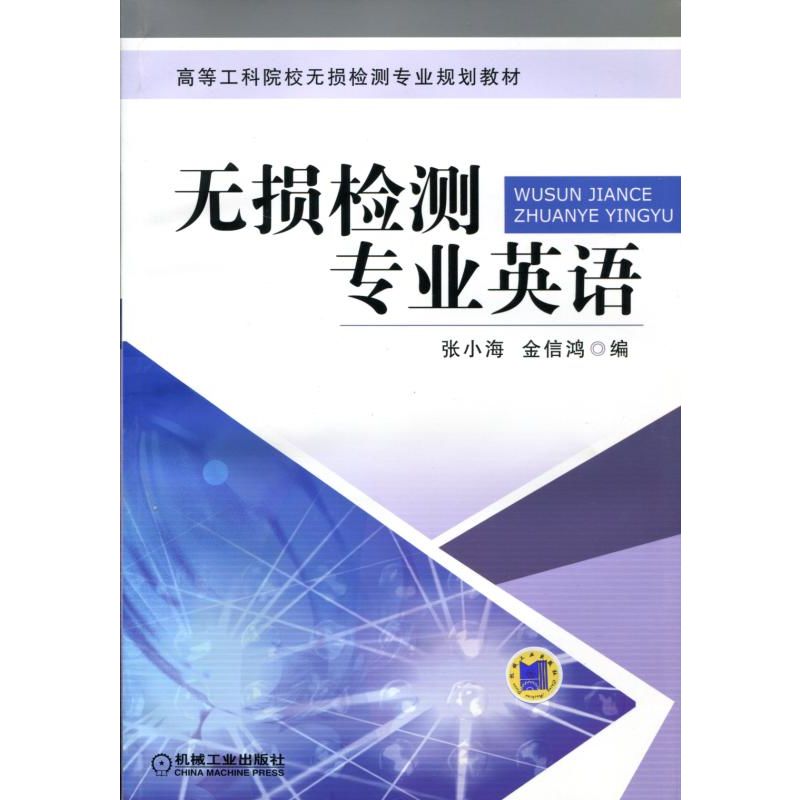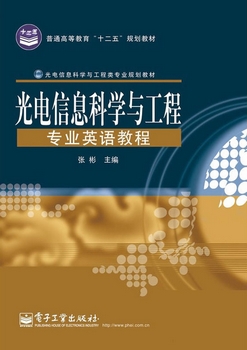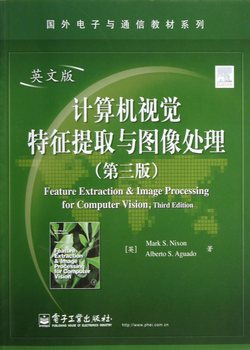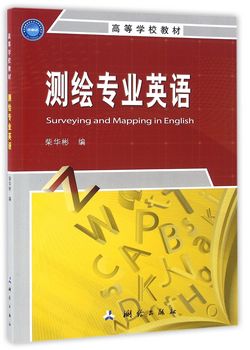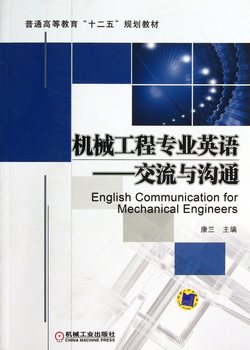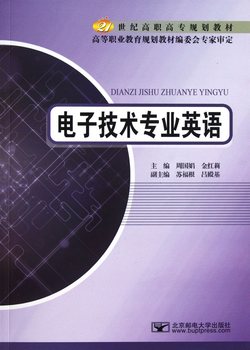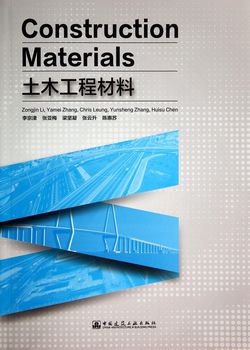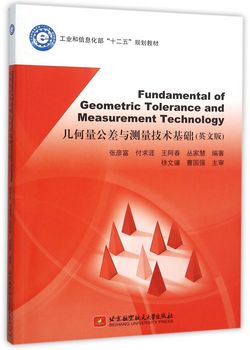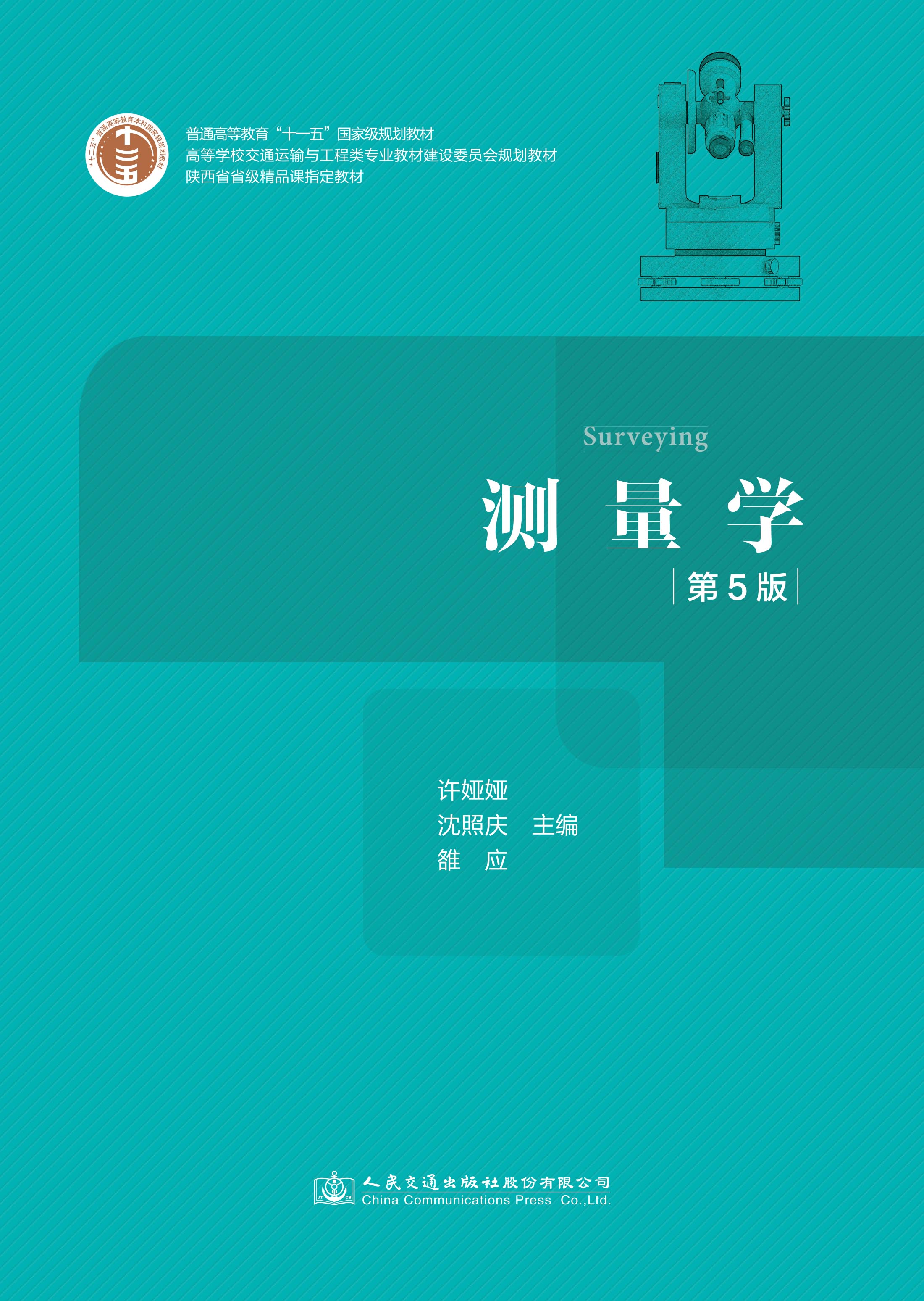- 机械工业出版社
- 9787111347965
- 1-5
- 173016
- 46257272-8
- 平装
- 16开
- 2019-05
- 420
- 238
- 工学
- 机械工程
- H319.4
- 无损检测
- 本科
内容简介
本书是针对高等院校无损检测专业英语课程的需要而编写的。共由八个章节构成,其中包括无损检测与质量控制、材料缺陷的形成、射线检测技术、超声检测技术、磁粉检测技术、涡流检测技术、渗透检测技术、其他非常规无损检测技术。课文选材涵盖了无损检测的主要技术、新发展及相关知识,具有专业知识及专业英语紧密结合的特点。每一章节内容按照每种技术的发展历史、、优越性及局限性、检测原理、检测方法、检测设备及器材,以及应用的逻辑关系编排,并在每章后附有无损检测相关知识、术语双解,以及常用科技英语语法介绍等。因此,本书不仅可以作为无损检测专业及相关专业(机械、材料工程、质量检验等)本科生的专业英语教材,无损检测专业专科学生也可选择性使用,同样适用于无损检测及相关专业的工程技术、管理人员使用
目录
序
丛书序言
前言
Chapter 1 Quality Control and NDT
1.1 NDT in Industry
1.2 NDT in Everyday Life
1.3 History of NDT
1.4 Understand the NDT Choices
1.5 Reliability of NDT
1.6 International Organizations of Quality Control and NDT
Words and Phrases
Notes
Exercises
Appendix Ⅰ 质量控制常用术语的中英双解
Appendix Ⅱ 国外主要无损检测学术机构、组织介绍
Chapter 2 Discontinuities-Origins and Classification
2.1 Primary Production of Metals
2.2 Casting
2.3 Cracks
2.4 Welding Discontinuities
2.5 Discontinuities Resulting from Plastic Deformation
2.6 CorrosionInduced Discontinuities
2.7 Operationally Induced Discontinuities-Fatigue Cracking
2.8 Operationally Induced Discontinuities-Creep
2.9 Operationally Induced Discontinuities-Brittle Fracture
2.10 Geometric Discontinuities
2.11 Summary
2.12 Indications: False, Nonrelevant, Relevant
Words and Phrases
Notes
Exercises
Appendix Ⅰ 缺陷有关术语的中英双解
Appendix Ⅱ 科技英语语法特点
Chapter 3 Radiographic Testing
3.1 Introduction
3.1.1 Historical Background
3.1.2 Advantages and Disadvantages
3.2 Theory and Principles
3.2.1 Basic Principles
3.2.2 X Rays, GrenzRays, and γRays
3.2.3 A bsorption and Scattering of XRays in Matter
3.2.4 Recording the XRay Image
3.2.5 X Ray Image Quality
3.3 Radiographic Technique
3.4 Equipment and Accessories
3.4.1 XRay Generators
3.4.2 Image Quality Indicators, Penetrameters
3.5 Applications
Words and Phrases
Notes
Exercises
Appendix Ⅰ 射线检测常用术语的中英双解
Appendix Ⅱ 科技英语常用词缀
Chapter 4 Ultrasonic Testing
4.1 Introduction
4.1.1 Historical Background
4.1.2 Advantages and Disadvantages
4.2 Theory and Principles
4.2.1 Wave Propagation
4.2.2 Ultrasonic Waves
4.2.3 Specific Acoustic Impedance
4.2.4 Reflection and Transmission at Boundaries
4.2.5 Wave Mode Conversion at Boundaries
4.2.6 Beam Attenuation
4.2.7 Pulse Shape and Beam Shape
4.3 Ultrasonic Techniques
4.4 Equipment and Accessories
4.4.1 Ultrasonic Transducers
4.4.2 Pulse Echo Display System
4.4.3 Automated Systems
4.4.4 Calibration and Reference Standards
4.5 Applications
Words and Phrases
Notes
Exercises
Appendix Ⅰ 超声检测常用术语的中英双解
Appendix Ⅱ 无损检测常用的缩略语
Chapter 5 Magnetic Particle Inspection
5.1 Introduction
5.1.1 Historical Background
5.1.2 Advantages and Disadvantages
5.2 Theory and Principles
5.2.1 Basic Principles
5.2.2 nle Hysteresis Loop and Magnetic Properties
5.2.3 Electrical Current and Electrical Powder
5.2.4 Demagnetisation
5.3 MPI Techniques
5.3.1 Magnetization Techniques
5.3.2 Magnetic Flow Techniques(Indirect)
5.3.3 Current Flow Techniques(Direct)
5.3.4 Coil Technique
5.3.5 Central Conductor Technique
5.3.6 Continuous and Residual Techniques
5.3.7 Color and Fluorescence
5.3.8 Summary of Technique Choices
5.4 EquiDment and Accessories
5.4.1 Stationary Units
5.4.2 Mobile and POrtable Units
5.4.3 Electromagnetic Yoke
5.4.4 Permanent Magnets
5.4.5 Black Lights
5.4.6 Flux Direction Indicators
5.4.7 AC Demagnetizing Coils
5.4.8 Magnetic Ink
5.5 Applications
WordS and Phrases
Notes
Exercises
Appendix Ⅰ 磁粉检测常用术语的中英双解
Appendix Ⅱ 无损检测技术常用的物理量纲及英语表达
Chapter 6 Eddy Current Testing
6.1 Introductinn
6.1.1 Historical Background
6.1.2 Advantages and Disadvantages
6.2 Theory and Principles
6.2.1 Basic Principles
6.2.2 Magnetic Induction(Self and Mutual)
6.2.3 Coil Impedance
6.2.4 Eddy Current Density and Skin Depth
6.3 Eddy Current Testing Techniques
6.3.1 Impedance Analysis Method
6.3.2 Other EC Methods
6.4 Equipment and Accessories
6.4.1 EC Transducers(Probes)
6.4.2 Eddy Current Instruments
6.5 Applications
Words and Phrases
Notes
Exercises
Appendix I 涡流检测常用术语的中英双解
Appendix II 常用数学符号及表达式
Chapter 7 Penetrant Testing
7.1 Introduction
7.1.1 Historical Background
7.1.2 Advantages and Disadvantages
7.2 Theory and Principles
7.2.1 Ruid Flow
7.2.2 Surface Tension
丛书序言
前言
Chapter 1 Quality Control and NDT
1.1 NDT in Industry
1.2 NDT in Everyday Life
1.3 History of NDT
1.4 Understand the NDT Choices
1.5 Reliability of NDT
1.6 International Organizations of Quality Control and NDT
Words and Phrases
Notes
Exercises
Appendix Ⅰ 质量控制常用术语的中英双解
Appendix Ⅱ 国外主要无损检测学术机构、组织介绍
Chapter 2 Discontinuities-Origins and Classification
2.1 Primary Production of Metals
2.2 Casting
2.3 Cracks
2.4 Welding Discontinuities
2.5 Discontinuities Resulting from Plastic Deformation
2.6 CorrosionInduced Discontinuities
2.7 Operationally Induced Discontinuities-Fatigue Cracking
2.8 Operationally Induced Discontinuities-Creep
2.9 Operationally Induced Discontinuities-Brittle Fracture
2.10 Geometric Discontinuities
2.11 Summary
2.12 Indications: False, Nonrelevant, Relevant
Words and Phrases
Notes
Exercises
Appendix Ⅰ 缺陷有关术语的中英双解
Appendix Ⅱ 科技英语语法特点
Chapter 3 Radiographic Testing
3.1 Introduction
3.1.1 Historical Background
3.1.2 Advantages and Disadvantages
3.2 Theory and Principles
3.2.1 Basic Principles
3.2.2 X Rays, GrenzRays, and γRays
3.2.3 A bsorption and Scattering of XRays in Matter
3.2.4 Recording the XRay Image
3.2.5 X Ray Image Quality
3.3 Radiographic Technique
3.4 Equipment and Accessories
3.4.1 XRay Generators
3.4.2 Image Quality Indicators, Penetrameters
3.5 Applications
Words and Phrases
Notes
Exercises
Appendix Ⅰ 射线检测常用术语的中英双解
Appendix Ⅱ 科技英语常用词缀
Chapter 4 Ultrasonic Testing
4.1 Introduction
4.1.1 Historical Background
4.1.2 Advantages and Disadvantages
4.2 Theory and Principles
4.2.1 Wave Propagation
4.2.2 Ultrasonic Waves
4.2.3 Specific Acoustic Impedance
4.2.4 Reflection and Transmission at Boundaries
4.2.5 Wave Mode Conversion at Boundaries
4.2.6 Beam Attenuation
4.2.7 Pulse Shape and Beam Shape
4.3 Ultrasonic Techniques
4.4 Equipment and Accessories
4.4.1 Ultrasonic Transducers
4.4.2 Pulse Echo Display System
4.4.3 Automated Systems
4.4.4 Calibration and Reference Standards
4.5 Applications
Words and Phrases
Notes
Exercises
Appendix Ⅰ 超声检测常用术语的中英双解
Appendix Ⅱ 无损检测常用的缩略语
Chapter 5 Magnetic Particle Inspection
5.1 Introduction
5.1.1 Historical Background
5.1.2 Advantages and Disadvantages
5.2 Theory and Principles
5.2.1 Basic Principles
5.2.2 nle Hysteresis Loop and Magnetic Properties
5.2.3 Electrical Current and Electrical Powder
5.2.4 Demagnetisation
5.3 MPI Techniques
5.3.1 Magnetization Techniques
5.3.2 Magnetic Flow Techniques(Indirect)
5.3.3 Current Flow Techniques(Direct)
5.3.4 Coil Technique
5.3.5 Central Conductor Technique
5.3.6 Continuous and Residual Techniques
5.3.7 Color and Fluorescence
5.3.8 Summary of Technique Choices
5.4 EquiDment and Accessories
5.4.1 Stationary Units
5.4.2 Mobile and POrtable Units
5.4.3 Electromagnetic Yoke
5.4.4 Permanent Magnets
5.4.5 Black Lights
5.4.6 Flux Direction Indicators
5.4.7 AC Demagnetizing Coils
5.4.8 Magnetic Ink
5.5 Applications
WordS and Phrases
Notes
Exercises
Appendix Ⅰ 磁粉检测常用术语的中英双解
Appendix Ⅱ 无损检测技术常用的物理量纲及英语表达
Chapter 6 Eddy Current Testing
6.1 Introductinn
6.1.1 Historical Background
6.1.2 Advantages and Disadvantages
6.2 Theory and Principles
6.2.1 Basic Principles
6.2.2 Magnetic Induction(Self and Mutual)
6.2.3 Coil Impedance
6.2.4 Eddy Current Density and Skin Depth
6.3 Eddy Current Testing Techniques
6.3.1 Impedance Analysis Method
6.3.2 Other EC Methods
6.4 Equipment and Accessories
6.4.1 EC Transducers(Probes)
6.4.2 Eddy Current Instruments
6.5 Applications
Words and Phrases
Notes
Exercises
Appendix I 涡流检测常用术语的中英双解
Appendix II 常用数学符号及表达式
Chapter 7 Penetrant Testing
7.1 Introduction
7.1.1 Historical Background
7.1.2 Advantages and Disadvantages
7.2 Theory and Principles
7.2.1 Ruid Flow
7.2.2 Surface Tension

